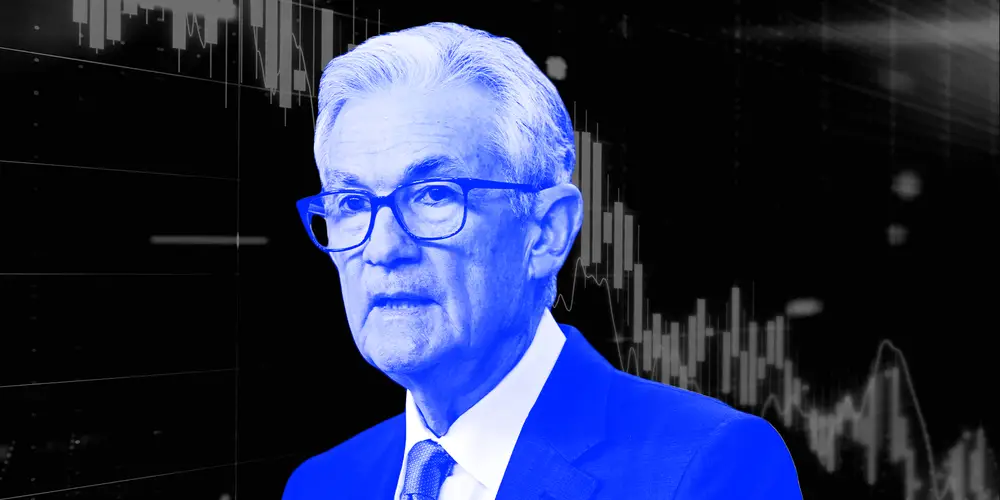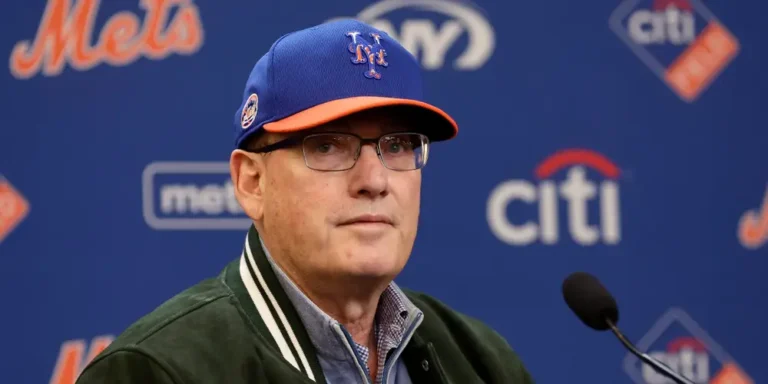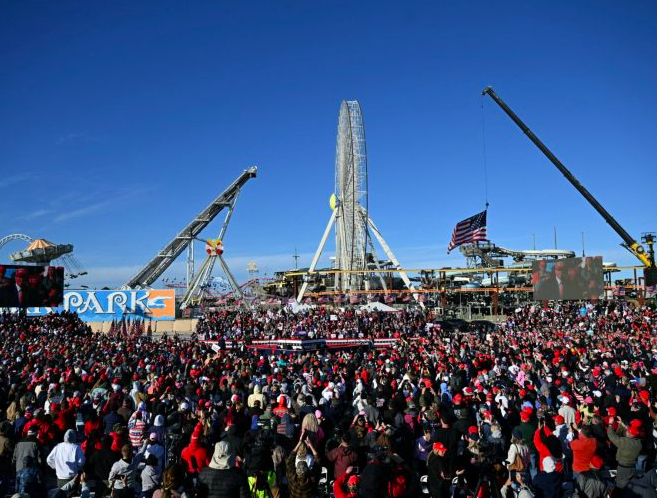Why rate cuts could actually slow the economy instead of sparking growth

Everyone in markets has an opinion about the Federal Reserve’s extra-large interest rate cut. But one well-respected strategy chief suspects that most are missing the mark on a key point.
The consensus view is that lower rates will stave off a recession by stimulating economic growth through lower borrowing costs. There was much debate about whether the Fed would cut by a half point and prioritize the labor market, or a quarter point to ensure inflation was stamped out.
Judging by the market’s reaction, the Fed made the right call. US stocks are thriving, as the S&P 500 and Dow Jones Industrial Average are trading at record highs after a late-summer dip.
“The market’s signaling that this is a step in the right direction for the soft landing,” Jim Caron, the chief investment officer for Morgan Stanley Investment Management, said on CNBC right after the Fed’s decision was announced.
Famed economist Claudia Sahm of New Century Advisors agreed with her co-panelist, even as her proven recession indicator signaled danger this summer. She lauded Fed Chairman Jerome Powell and company for protecting the labor market by taking the risks to it seriously.
“Things are good right now,” Sahm told CNBC. “They’re not pointed in a good direction with the labor market, but that’s why you get out ahead of it.”
Ronald Temple, the chief market strategist at Lazard, had a similar idea, writing in commentary after the decision that “the Fed took out an insurance policy against further labor market weakening.” Kevin Philip of Bel Air Investment Advisors also praised the US central bank’s September decision, writing that it was “a win for the American consumer and economy.”
The hidden danger of a double cut
However, David Kelly of JPMorgan Asset Management warned that lower rates aren’t an economic panacea. In fact, the chief global strategist thinks these cuts could, paradoxically, cause the economy to slow in the near term.
“The important thing to recognize is that cutting interest rates at the start doesn’t stimulate the economy at all,” Kelly said on CNBC. “There is a J-curve effect; it actually slows the economy because people begin to anticipate those lower rates, so they want to wait for lower rates.”
Just as inflation can spur on spending as people decide to buy before prices rise further, Kelly remarked that the start of a rate-cutting can postpone decisions to make large purchases. That’s why, in an ironic twist of fate, what’s often viewed as an economic headwind can provide a spark for the economy — and what should fuel growth could backfire.
Kelly wished that the Fed eased into its easing cycle with a quarter-point cut, especially since he believes the economy is on stable ground, even though growth is slowing.
“Bringing rates down from a high level is like bringing a piano down a flight of stairs — you’ve got to do it very carefully and very slowly,” Kelly said on CNBC. “That would be the right way to do it.”
By opting for a faster approach with a half-point cut, Kelly said the Fed suggested that it’s antsy about the US unemployment rate, which slid last month to 4.2% but is still well off its lows. The Fed shouldn’t be worried, the strategy chief said, but he believes cutting aggressively “undermines confidence” that the market has in the economic expansion.
Though he may disagree with the Fed’s tactics, Kelly isn’t changing his economic outlook. In his weekly note, the veteran strategist said he expects 2% real GDP growth in the third quarter and a 1% rise in the fourth quarter. That’s far from robust, but it’s also far from recession territory.
“I’m a little worried that they’ve started off in a rush here, but I think the economy is strong enough to deal with it,” Kelly concluded.






